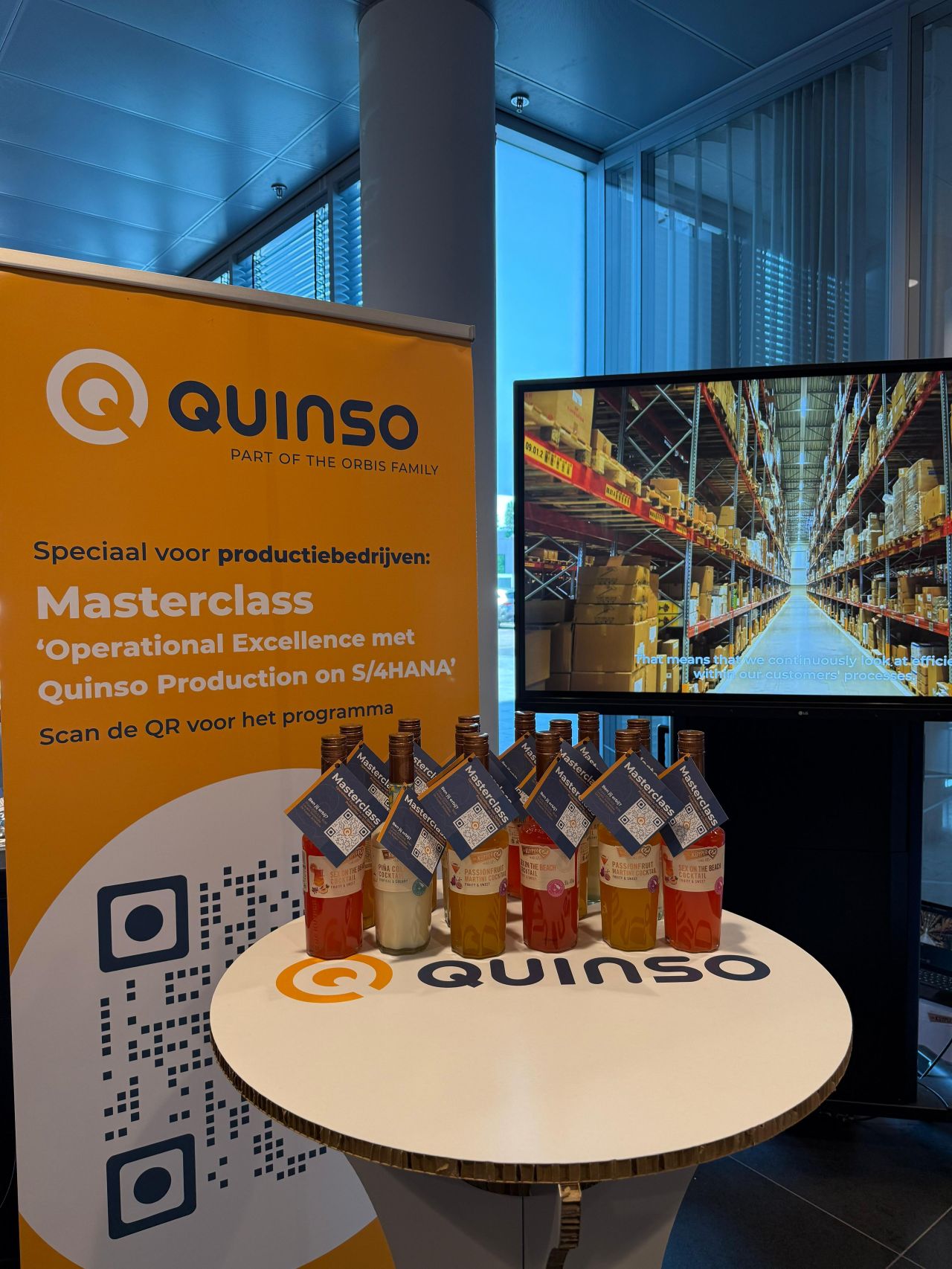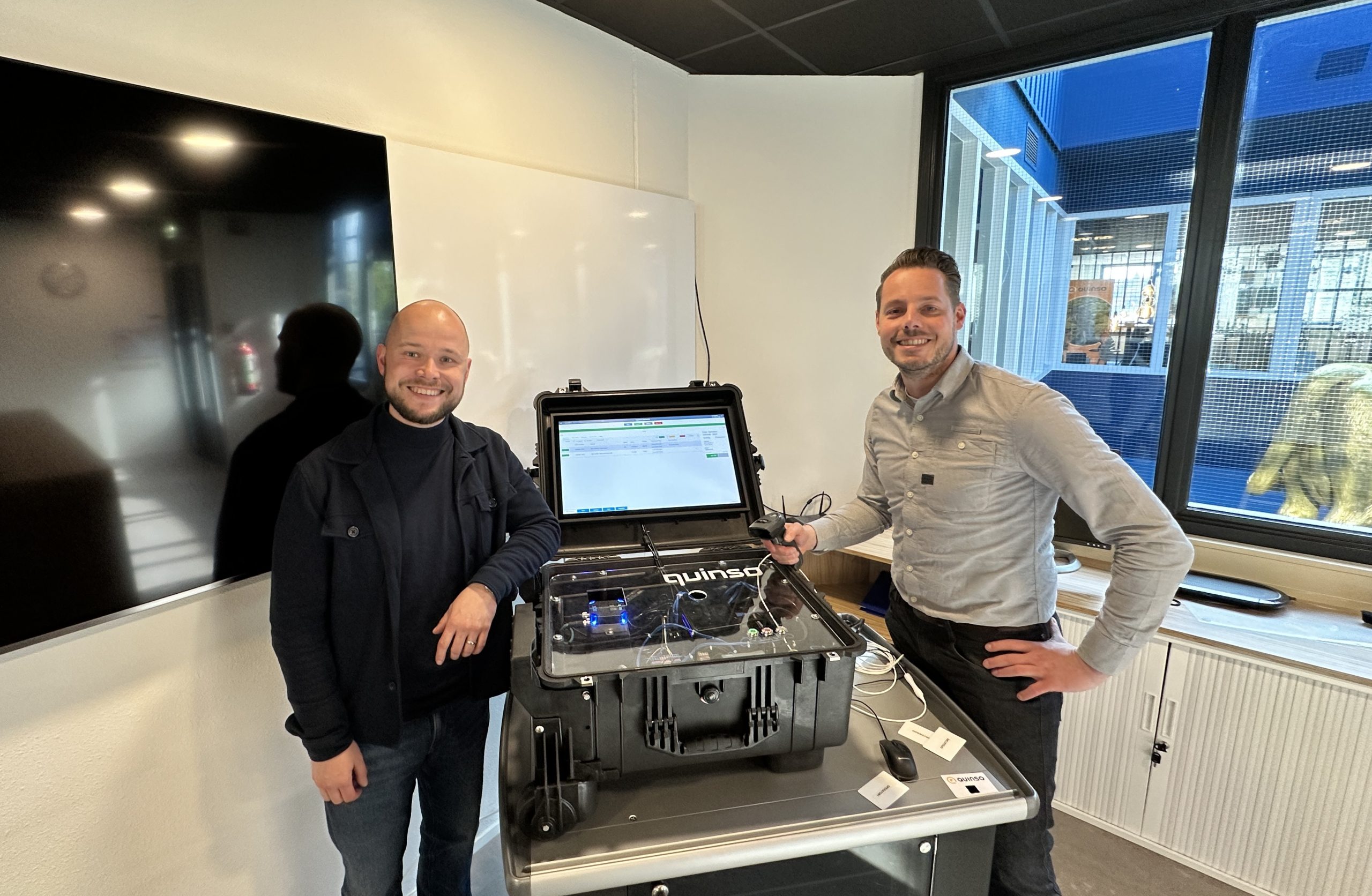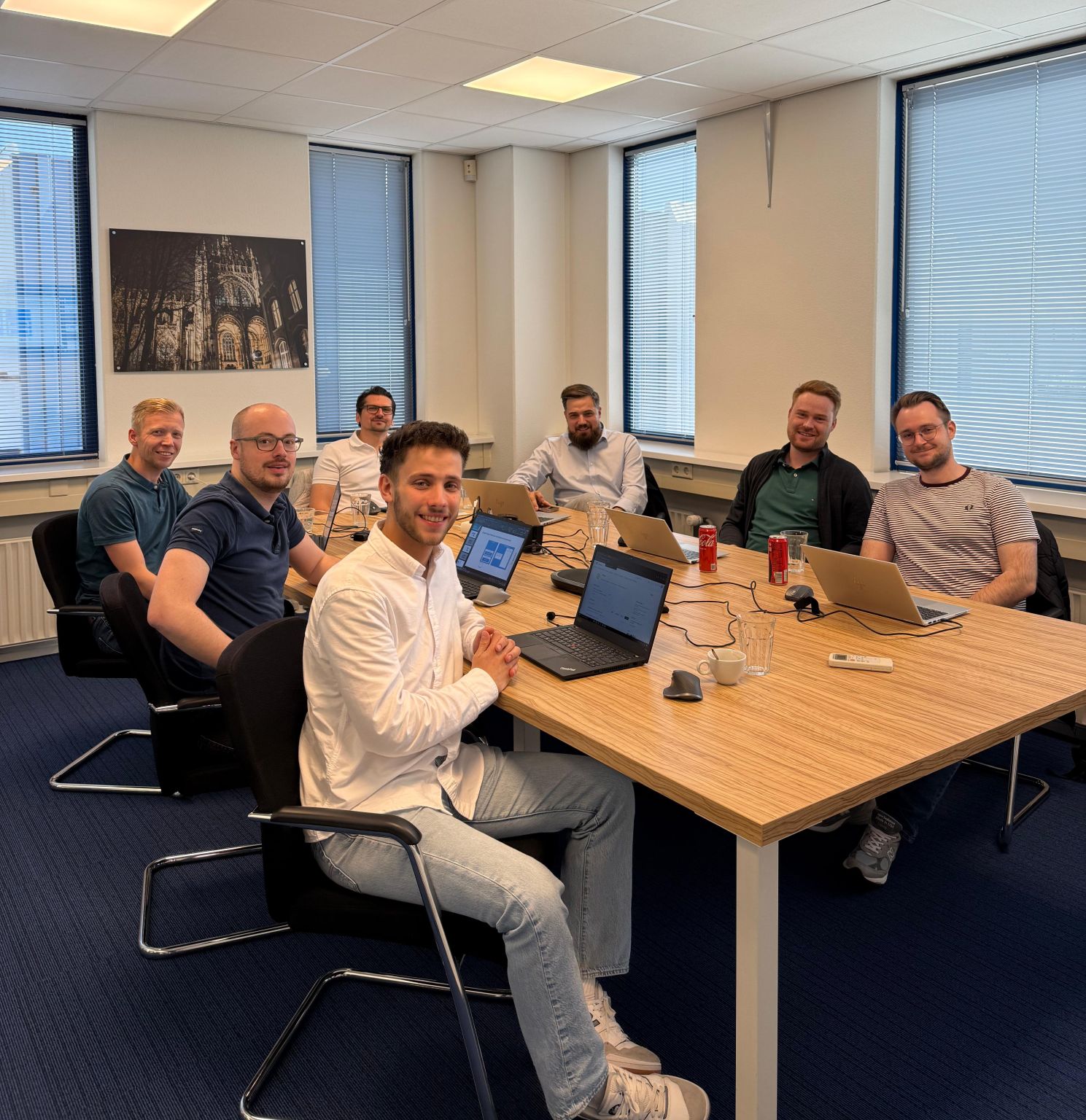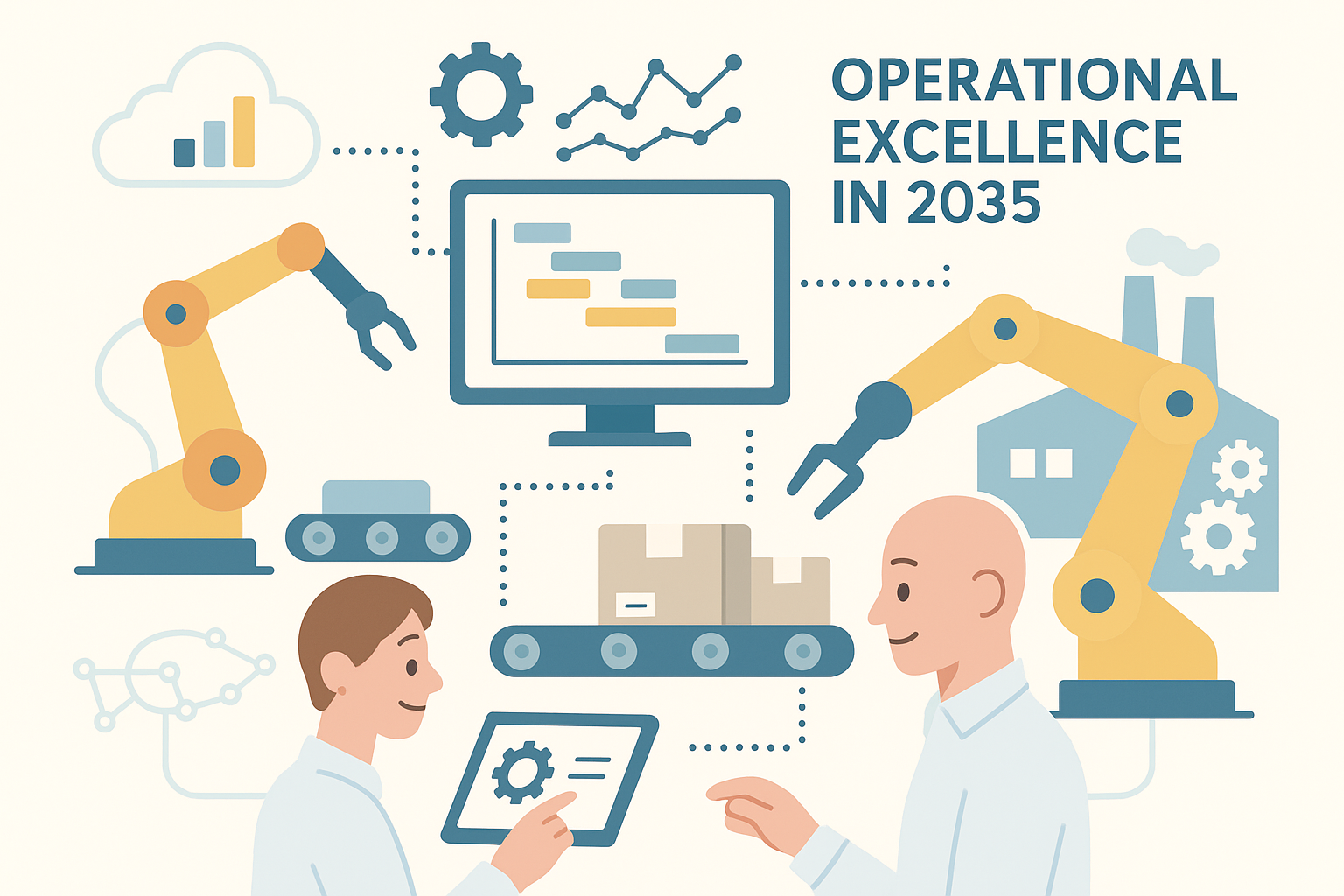Augmented Reality (AR). We all read about it, but the actual application in the organisation is often still a bridge too far. That is why we decided to take the lead at Quinso and dive into this subject. Together with our partner TWNKLS we developed an application that brings AR to the work floor. In this blog I share my honest findings. How is it to work as a rookie? Is AR complicated? and is it really useful for the manufacturing and wholesale industry?
At the end of August 2017 I received a request from the market to link our SAP Shop floor solution to an AR-glasses asking is AR ‘ a valuable innovation or is it especially a nice gadget?
I immediately made an appointment with our partner TWNKLS, a pioneer in the field of AR and designer of the IKEA Place app. I went pretty blank. In fact, as a senior integration consultant, this has been a completely new area for me. Of course, I knew AR though and had read a lot about it. But to develop an application right away, it is quite exciting.
Is AR The new user interface on the work floor?
TWNKLS focuses on design, 3d modeling, animation, smart glasses and tablets. And at Quinso we feel completely at home in the supply chain execution, supply chain planning and shop floor control. How could we bring these disciplines together? The answer proved to be simpler than I thought before: just on the integration platform SAP manufacturing Intelligence and Integration (SAP MII). For me, as a senior integration consultant, that felt pretty familiar soon.
With the integration platform SAP MII, we give a face to Quinso the message exchanges between two systems. We often set it up as a ‘ light weight ‘ MES system, so that an organization can gain more insight into the current status of orders and machines. The plant manager can monitor its factory properly. and operators often work with screens on a machine, on which they – from SAP MII – see exactly which orders are to be rotated and they can also report orders immediately.
It was the challenge, together with TWNKLS, to develop an AR-application, which renders the screen redundant at the machine. An application that controls you with gestures and which – wherever you are – puts a digital layer over your tin field, on which you see exactly the information you want in that place.
AR is not rocket science
Where to start? How do you make such a digital layer? And how do you ensure that operators with (eye) gestures can communicate with SAP and with their machine? Well, I can tell you now from experience: that’s so complicated not. Basically, a gesture is no different than a mouse click on your screen. Because just as with a mouse click you can also ‘ crank up ‘ an action that starts up an SAP transaction and the integration platform then ensures that the information is sent in real time to the ERP system. You just have to link the right gesture to the right actions. But that didn’t turn out to be rocket science. In short, two weeks after I first joined TWNKLS on the pavement, we had the AR application ready.
Mission successful
We presented the application last October, during the SAP/VNSG event connect to innovate. Visitors to our booth could experience how it works with glasses. With gestures you start orders, report defects, view your order statistics and send your error messages directly to the maintenance department. As a result, operators, plant managers and mechanics have real-time insight into the performance of the production line. Many visitors to the event responded positively to the AR-possibilities on the shop floor.
But now the question of questions: does it actually add something to the ‘ old-fashioned ‘ screens or a PC? I have discovered some Benefits advantages, of which I like the most important now with your part:
Advantage: Location Information
With a fixed screen it is difficult to put a digital layer over your tin field. With a smartphone, tablet or glasses it can. The only thing you need is a portable screen with a camera, and of course the technology behind it. Suppose you are targeting that camera on machine A, you will see the machine on your screen with Daaroverheen an extra layer that shows information about that particular machine and the rotated orders. When you point the device to machine B, the layer adjusts so that you see exactly the information that comes with machine B. In addition, you can not only view information, but also control the machines. Everything that operators do is then directly in SAP ERP.
In short, with an AR application you see the right information in the right place. You no longer have to run a machine and activate the corresponding screen, or open a new program with your laptop. No, within seconds you see all the information you want to see, all with only one pocketsize device. It can hardly be more efficient.
Come to the AR Round table session
I learned a lot from the AR voyage of discovery. Among other that new technology like AR at first glance often seems much more exciting than it actually is. The secret to getting ahead is just getting started, to quote Mark Twain. And that is really so.
On Tuesday 19 June 2018 I would like to introduce organizations in the manufacturing and wholesale industry with AR, during a round table session. I then tell about the other Benefits benefits of AR that I have discovered. And of course, SAP and TWNKLS are also present to share their inspiring stories and cases. The Round table session takes place at Ebo in’s-Hertogenbosch. This innovative organization builds production lines for the metal industry. Together with TWNKLS, they have picked up the AR initiative so that operators with a HoloLens can control and monitor their production line. On the 19th of June the attendees will receive a tour of Ebo, so that they see for themselves how the machines are produced and we also give an extensive AR-demonstration.



